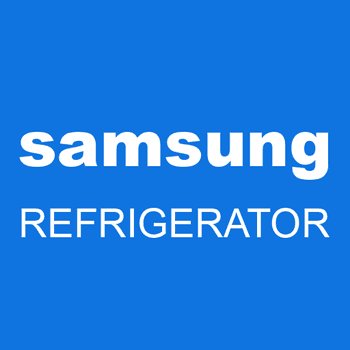
Now, why does this happen? Sometimes, it’s due to temperature sensors failing or becoming unresponsive. You can think of these sensors like your car’s warning lights—they’re there to help you avoid bigger issues down the road. In the case of your refrigerator, these sensors help keep everything at the right temperature, ensuring your food stays fresh. But if they go awry, your fridge might not know how cold it should be, leading to that pesky error code. Understanding how these sensors work and why they might fail is the first step in preventing future errors.
What Causes the E1 Error Code?
The E1 error code on a Samsung refrigerator often boils down to sensor issues, and there are a few common culprits. First off, consider the temperature sensor. It acts like a sophisticated thermometer inside the fridge, monitoring how cold it is and sending signals to the control board. When this sensor is faulty or disconnected, it can no longer give accurate readings—and you get an E1 error.
Another potential cause could be the control board itself. Think of the control board as the brain of your refrigerator. It processes information from the sensors and makes sure everything is running smoothly. If the brain malfunctions, the whole system can go haywire. It’s like having a GPS that suddenly can’t find your location—without accurate input, the fridge can’t maintain the correct temperature.
Lastly, wiring issues can be to blame. Picture this: if you have a bunch of tangled cords, chances are, something’s going to go wrong eventually. Similarly, if wires within your fridge are loose or damaged, communication between components breaks down. This disruption can trick the system into thinking there’s a sensor failure, triggering the E1 error.
To avoid these headaches, regular maintenance is key. Check connections every so often and ensure your fridge stays clean and organized. By doing this, you’ll help keep the E1 error at bay.
Steps to Prevent the E1 Error Code
You might be wondering, “How can I prevent this error from showing up in the first place?” It’s all about taking proactive measures. First, ensure your refrigerator is in a good location—not too close to the wall, and away from heat sources like the oven. This helps maintain optimal airflow, which is crucial for the sensors to function correctly. It’s like ensuring your computer has enough ventilation to prevent overheating.
Next, make it a habit to check the seals around the fridge doors. Over time, these seals can wear out, letting warm air in and cold air out, leading to incorrect temperature readings. If they’re damaged, replace them promptly. It’s like patching up a drafty window; a little fix goes a long way.
Additionally, keep an eye on the cleanliness of your fridge. Dust and dirt can accumulate around the coils and fans, impeding their performance. Regularly cleaning these areas ensures they don’t overwork themselves and maintain efficiency. Think of it as maintaining a tidy workspace—it makes everything run smoother.
Implementing these measures will not only help prevent the E1 error code but also extend the lifespan of your refrigerator.
Maintaining Your Samsung Refrigerator
Regular maintenance is your best friend when it comes to preventing issues like the E1 error. It’s similar to getting your car serviced regularly—if you take care of it, it will keep running smoothly. Start by scheduling routine checks of the internal components. You don’t have to be an expert to spot something unusual; just a quick look every now and then can suffice.
Another critical aspect is keeping your software updated. Many Samsung refrigerators come with the ability to update their firmware. Much like updating your phone to fix bugs, ensuring your fridge is running the latest software can prevent glitches that lead to error codes.
Lastly, consider keeping a log of any recurring issues. If you notice a pattern, share this with a professional technician when you call them. It’s like bringing a list of symptoms to the doctor—it helps identify the root cause faster. If you ever do encounter an E1 error, having this information on hand will be invaluable.
By staying vigilant and following these tips, you’re setting your refrigerator up for a long, error-free life. Taking these small steps now can save you time and hassle in the future, ensuring your Samsung refrigerator keeps your food fresh and your kitchen running smoothly.